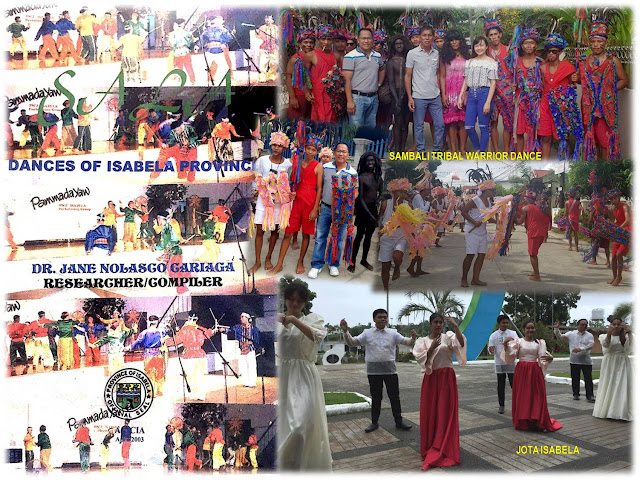53. TPB @ GENSAN SOX
TPB @ GENSAN SOX
Dr. Troy Alexander G. Miano
06 December 2017
One of the
seminar-workshop new to me was the Tourism Marketing Seminar on Regional
Branding spearheaded by the Department of Tourism (DOT), Tourism Promotions
Board (TPB) Philippines and the Asian Institute of Tourism (AIT) of the University
of the Philippines (UP) Diliman held at East Asia Royale Hotel in General
Santos City in Region XII or SOCCSKSARGEN. Dr. Edieser D. Dela Santa, Dean of
the UP Asian Institute of Tourism and project leader of the seminar welcomed
the participants coming from four regions of northern Philippines; Ilocos,
Cagayan Valley, Central Luzon and the Cordillera Autonomous Region. As a
prelude, the Philippine Development Plan, National Tourism Development Plan and
the Filipino Brand of Hospitality were discussed. Four sessions were conducted
on tourism marketing, developing a unique brand image, use of traditional and
digital media and implementing and assessing the tourism brand. Workshops
include the crafting of the regional situational analysis, identifying the
unique selling proposition and creative branding strategy, media plan
preparation and strategic activities and timeline. The four-day seminar
produced the regional marketing and branding strategic plan one each for the
four regions.
The Tourism
Promotions Board (TPB) is an attached agency of the Department of Tourism
mandated to market and promote the Philippines domestically and internationally
as a world-class tourism and MICE (Meetings, Incentives, Conventions, and
Events) destination, in strategic partnership with private and public
stakeholders to deliver a unique high-value experience for visitors,
significantly contributing to increased arrivals, receipts and investments to
the country. While the AIT is the premier institution of tourism education in
the Philippines. It is the first school in Southeast Asia to offer a four-year
degree program leading to a Bachelor of Science in Tourism. Its mission is to
upgrade the travel and tourism profession by providing high quality education
and training to students who will be the industry's future leaders, managers,
entrepreneurs, and technical experts. The Institute performs the three basic
functions of teaching, research and extension.
Luzonians, Visayans
and even Mindanoans particularly the present generation has no idea why in the
world a city in southern Philippines was named after a general. A short history
of the city can be surfed in the net particularly Wikipedia. The nomadic B'laan
people are the original inhabitants of General Santos City, and traces of
their early settlement of the area are found in the city's place names, which
are derived from their vocabulary. Their name for the city, Dadiangas, is
from the thorny Ziziphus
spina-christi tree that was once abundant in the area. The B'laan
tribe presently lives alongside the city's new generation of settlers and other
immigrants. Organized under the National Land Settlement Administration (NLSA)
of the Commonwealth Government of President Manuel L. Quezon, General
Paulino Torres Santos (June 22, 1890 – August 29, 1945) led the relocation of
62 Christian settlers from Luzon to the shores of Sarangani Bay aboard
the steam ship “Basilan” of Compañia Maritima on February 27,
1939. The 62 pioneers, mostly agricultural and trade graduates, were the first
large batch of settlers to land in the area with the mission to industriously
cultivate the region. General Santos was Commanding General of the Philippine
Army in 1936 and served as a civilian administrator under President Quezon.
He died a hero during the Japanese Occupation. After the first influx of
pioneers, thousands more Christians from Luzon and the Visayas have
subsequently moved into the area, gradually driving some of the resident B'laan
to the mountains. In March 1939, the first formal settlement in the city was
established in Alagao, now Barangay Lagao. Lagao district was known then as the
"Municipal District of Buayan" under the jurisdiction of the deputy
governor of the Municipal District of Glan. On October 1, 1940, Buayan officially
became an independent municipal district. On August 18, 1947, after the Second
World War, the Buayan became a 4th class regular municipality by virtue of the
Executive Order No. 82 absorbing the Municipal District of Glan with Dadiangas as
the seat of government. On June 1954, the Municipality of Buayan was renamed to
General Santos as a tribute to the leading pioneer via Republic Act No. 1107. On
July 8, 1968, the Municipality of General Santos was converted into a city upon
the approval of Republic Act No. 5412. On September 5, 1988, General Santos was
declared a highly urbanized city of South Cotabato.
The region, on the other hand, used to be named Central
Mindanao. On
August 1, 1989, with the creation of the Autonomous Region in Muslim Mindanao (ARMM),
provinces and cities were re-organized. On September 2001, Executive Order
No. 36 was signed by President Gloria Macapagal-Arroyo transferring South
Cotabato, Sarangani, General Santos (also known as the SocSarGen District),
and Koronadal from Southern Mindanao to Region XII, and renaming the
region from Central Mindanao to SOCCSKSARGEN.
DOT Regional Director Nelly Nita N. Dillera narrated in
her speech the beauty of SOCCKSARGEN and the hardship of promoting the region
because of the bad publicity about Mindanao. The director; however, took this
as a challenge and boasted that no bad advertisement would be a hindrance to
hungry for adventure tourists to visit southern Philippines especially the
region called “SOX” by the millennials and zenials.




Mga Komento
Mag-post ng isang Komento